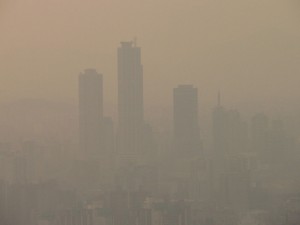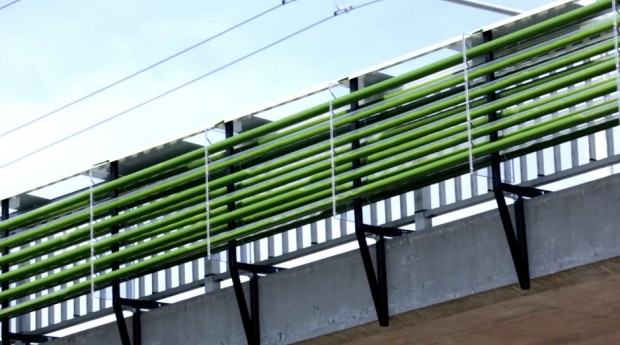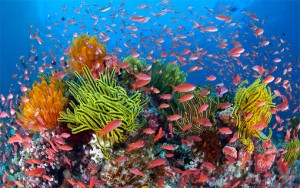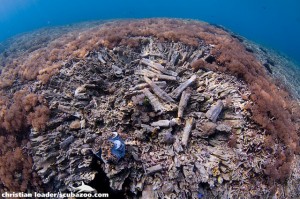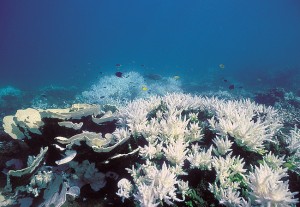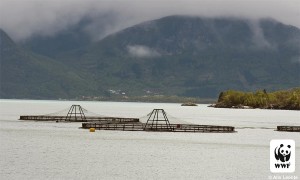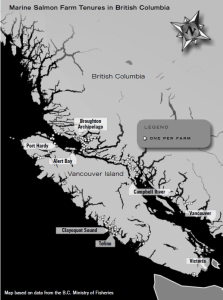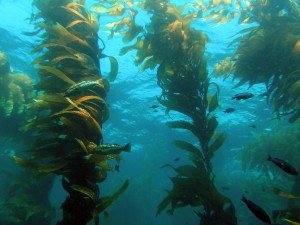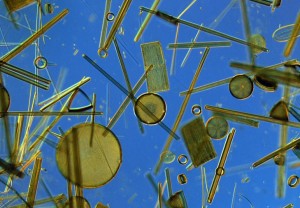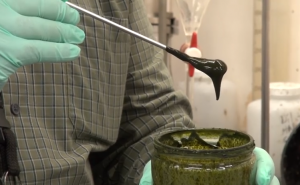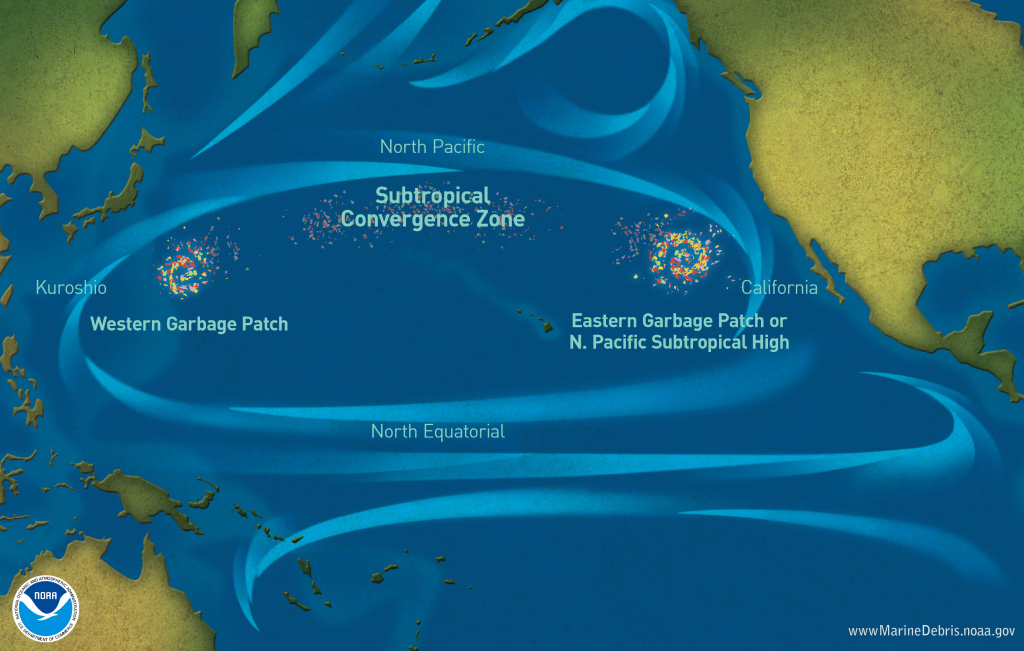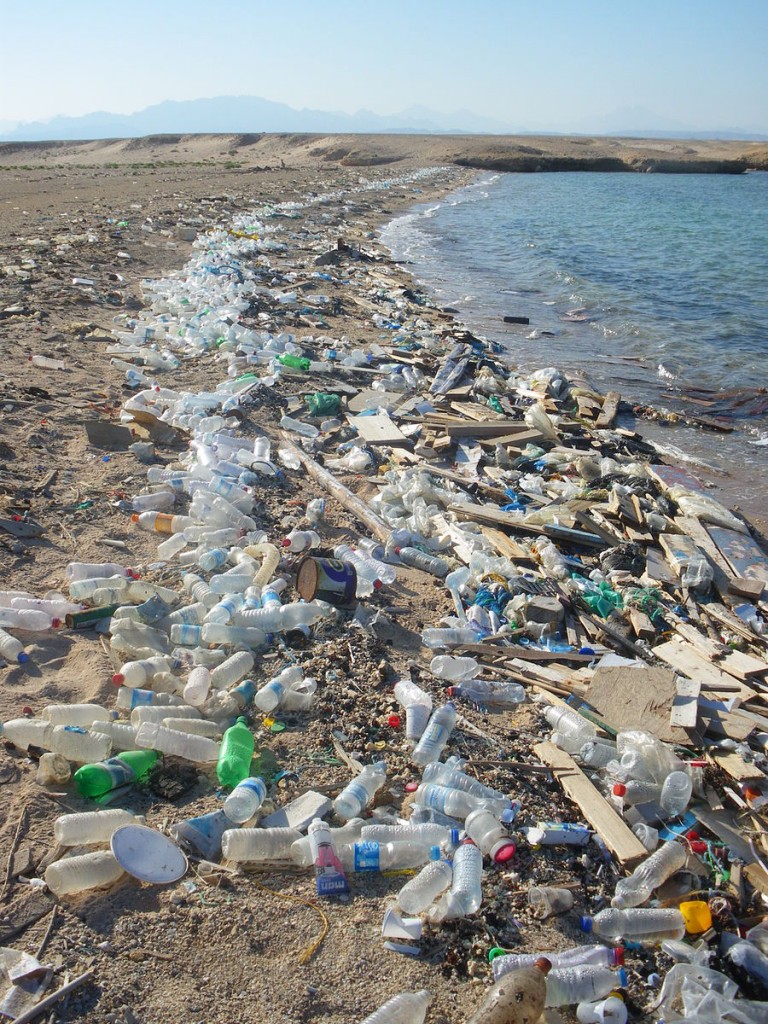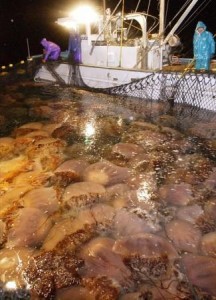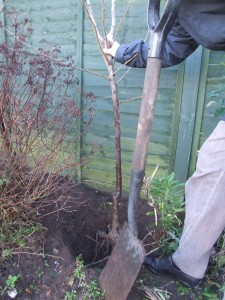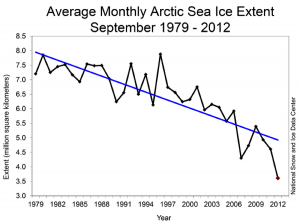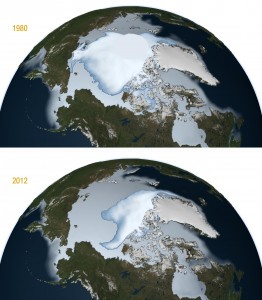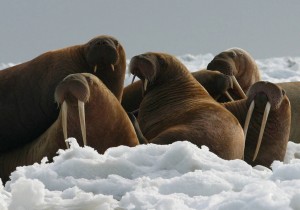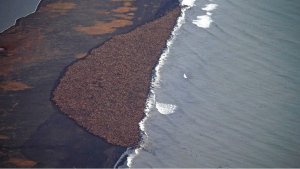Where there is civilization, there is pollution. Mankind has been producing pollution ever since we discovered fire. At that time, there was only a small amount of pollution – evident from soot on the walls of caves – and it was easily dispersed into nature and had no lasting effect.
Nowadays, one of the world’s largest issues is trying to determine how to reverse the effects of pollution. In addition to being the most likely candidate for global warming, a study shows that air pollution is causing 1.2 million premature deaths a year in China. The earth can no longer handle the emissions that cars and factories release into the atmosphere, so cities are often covered in a shroud of smog.
With the abundance of harmful effects arising from air pollution, there are increasing numbers of products being created to either find more sustainable sources of energy, or produce less toxic by-products. Electric cars, solar panels, and wind turbines all aim to lessen our negative impact on the environment. A rather intriguing aid to reducing our carbon footprint comes from a French and Dutch design firm called Cloud Collective. Their recent project involves placing transparent tubes filled with green algae – that is, algae farms – on overpasses above highways.
Algae is a small, plant-like organism. It gets its energy from the sun, and is mainly aquatic. More importantly, the algae used in this project consume CO2, and release oxygen at a high rate. The algae in these farms thrive from the large amounts of CO2 released from vehicles, effectively living off our pollution, and purifying the air. The video below by Cloud Collective depicts how the algae farm works.
Notably, not only does the algae farm filter air, but the algae can also be harvested for other products. In addition to food, cosmetics, and medication, an increasingly popular use for algae is biofuel.
Biofuel can be used like regular fuel in vehicles and machines – the difference being that the CO2 released from burning biofuel comes from CO2 that was already in the atmosphere. This creates a cycle where algae uses CO2 to grow, it is then harvested for biofuel, and then the CO2 is released back into the atmosphere when the biofuel is used. Although there are a variety of other sources for biofuel, algae produces between 10 and 100 times more fuel per unit area. The video below by the U.S. Department of Energy shows how current algae farms are used to harvest biofuel.

There are huge implications for the highway algae farms and its role in reducing emissions. It does double-duty as an air purifier, and as a supplier of coveted fuel. Since petroleum (common) fuel is a limited resource, biofuel could be the answer to retaining our fuel-based machines, while reducing our emissions. The algae farm constructed by Cloud Collective was simply a proof-of-concept design, but hopefully we’ll soon see this design everywhere as governments realize its value in sustaining a world in which we can breathe clean air.
-Danya

